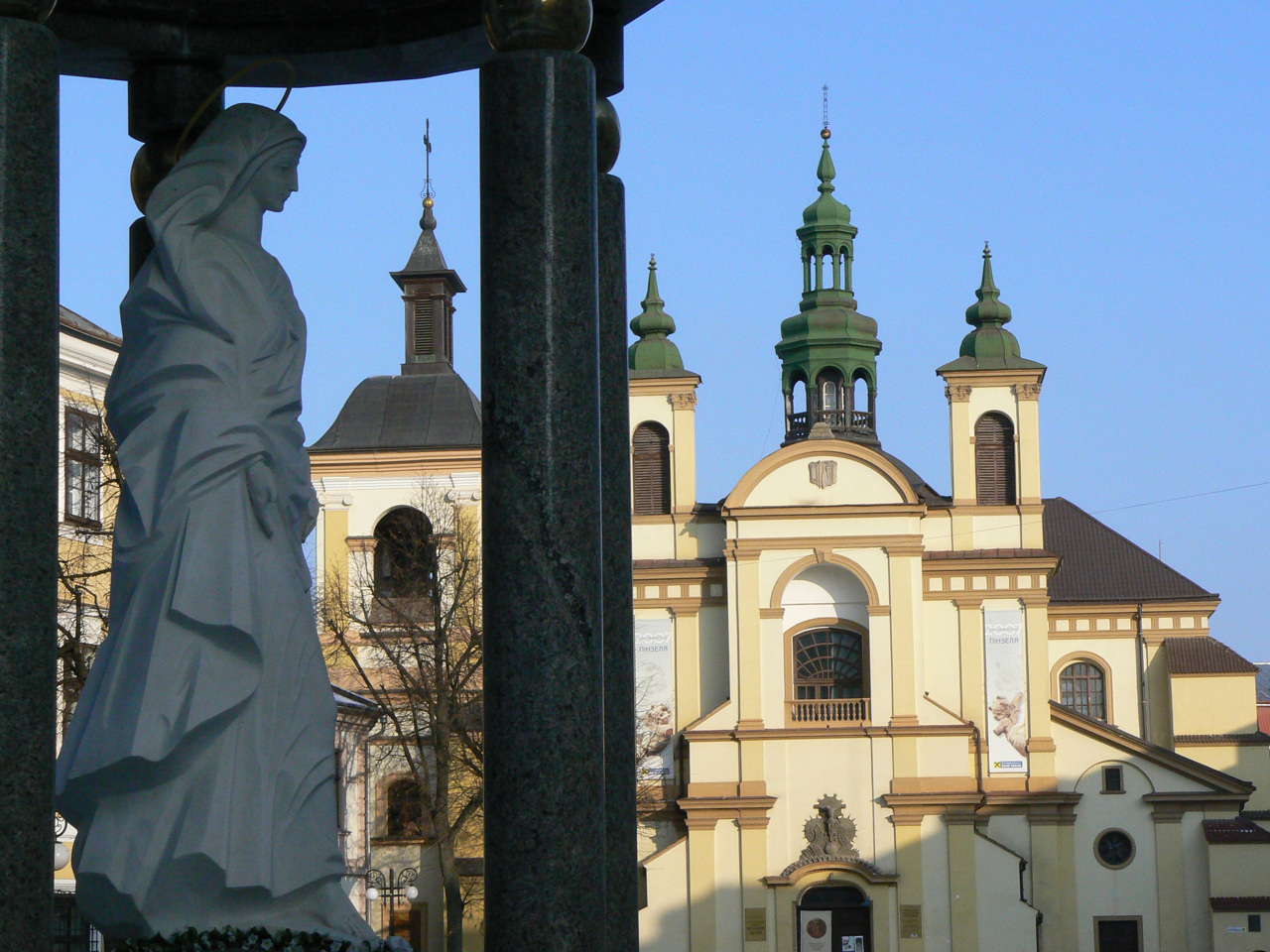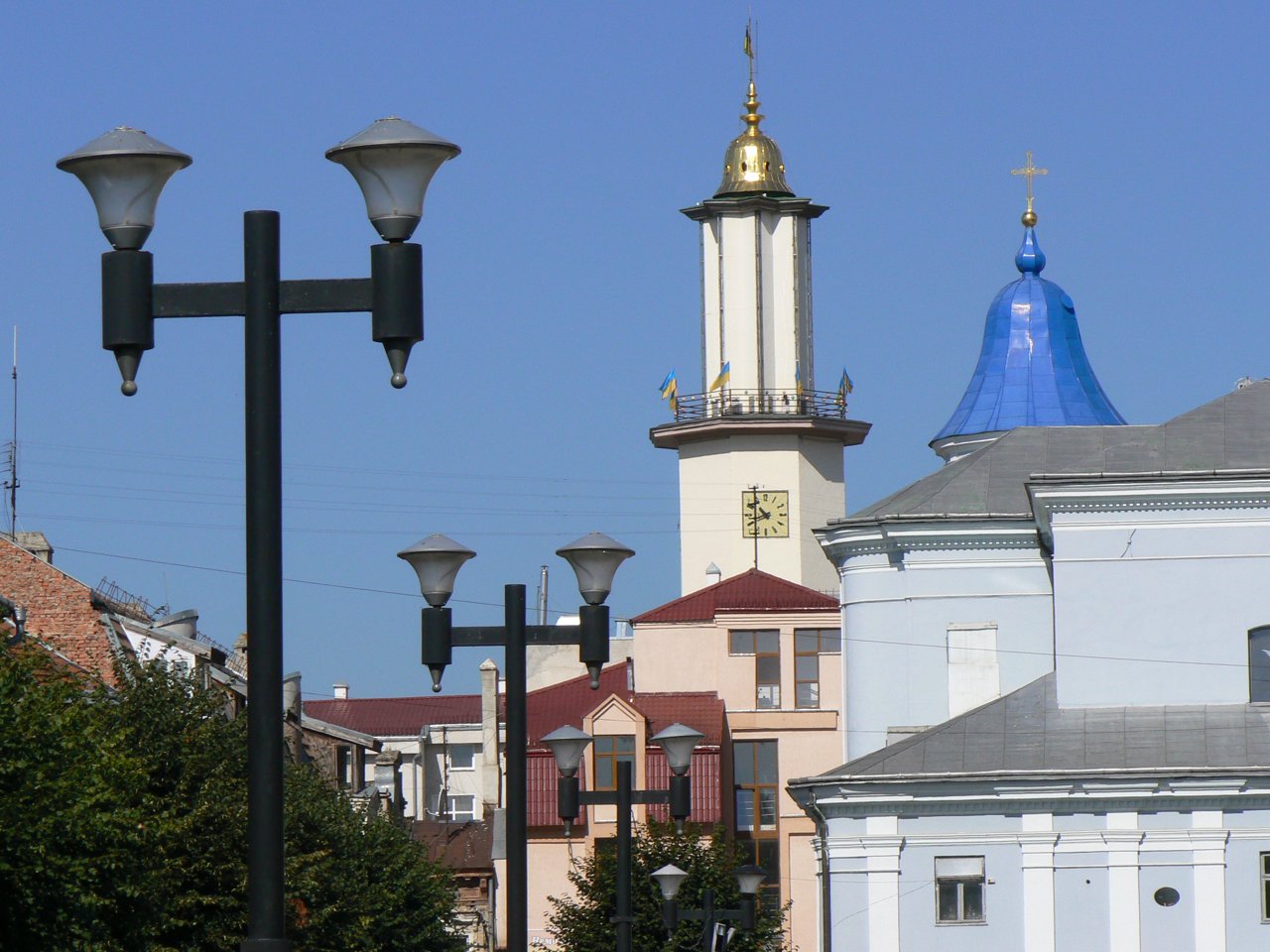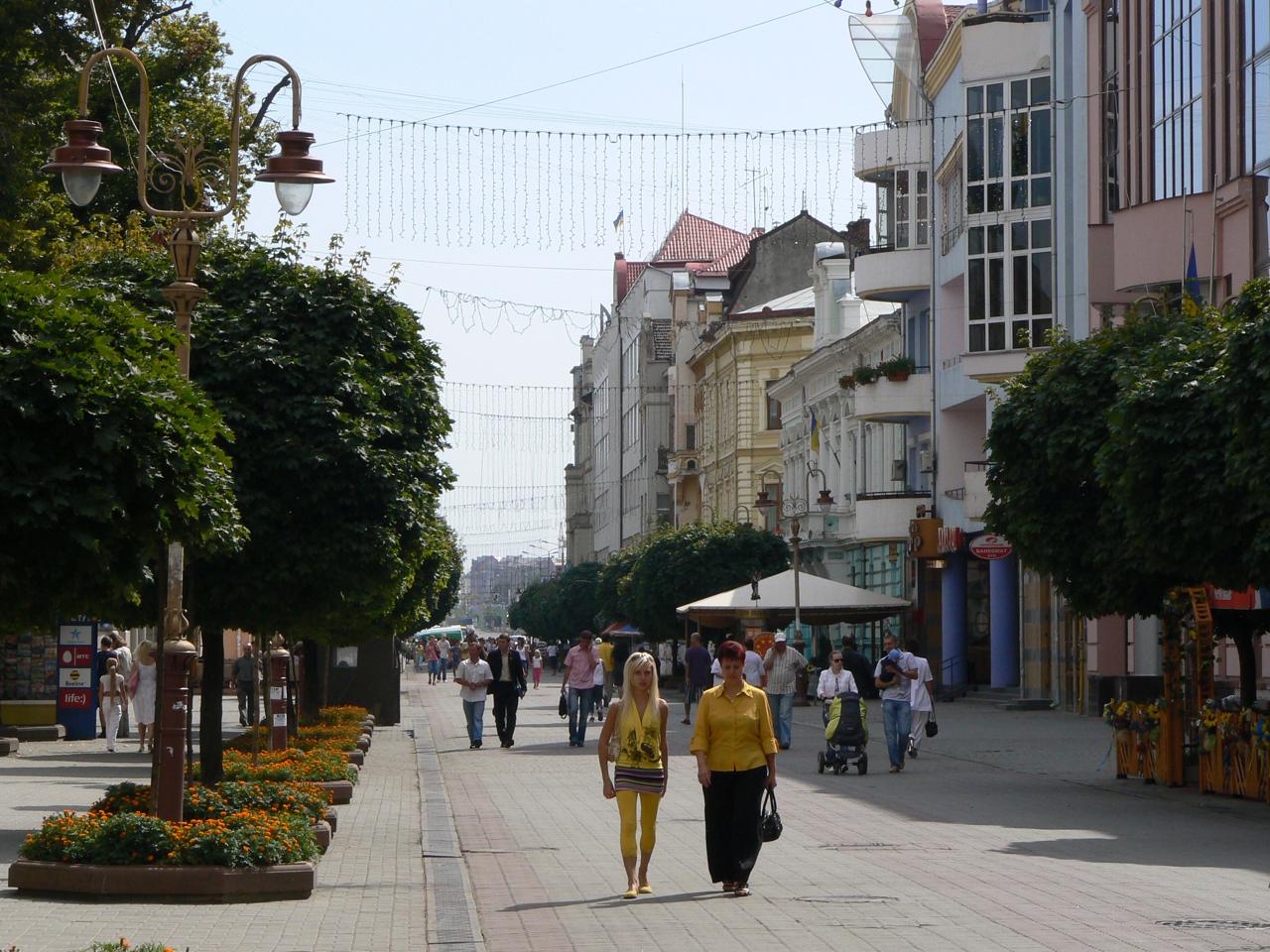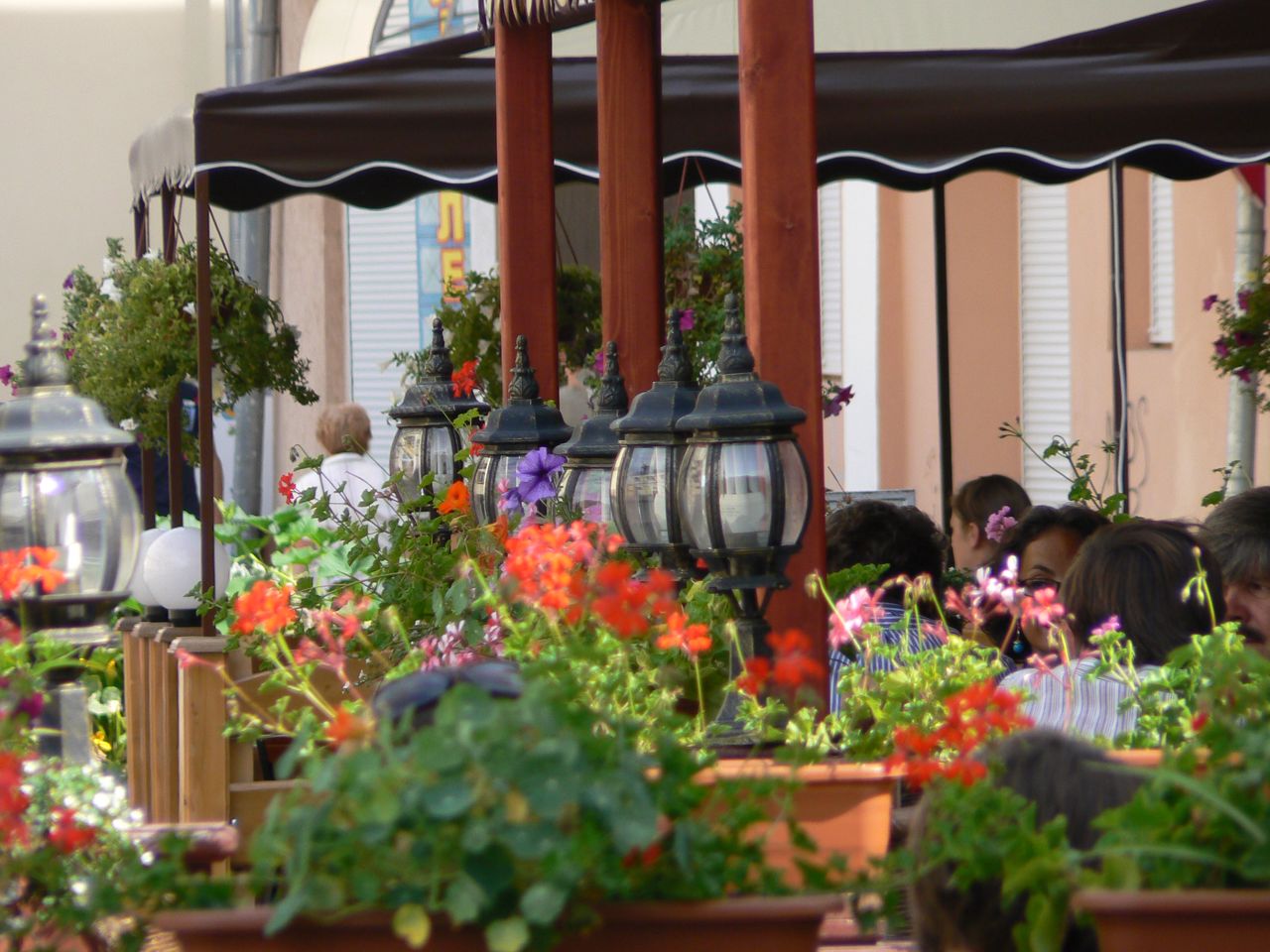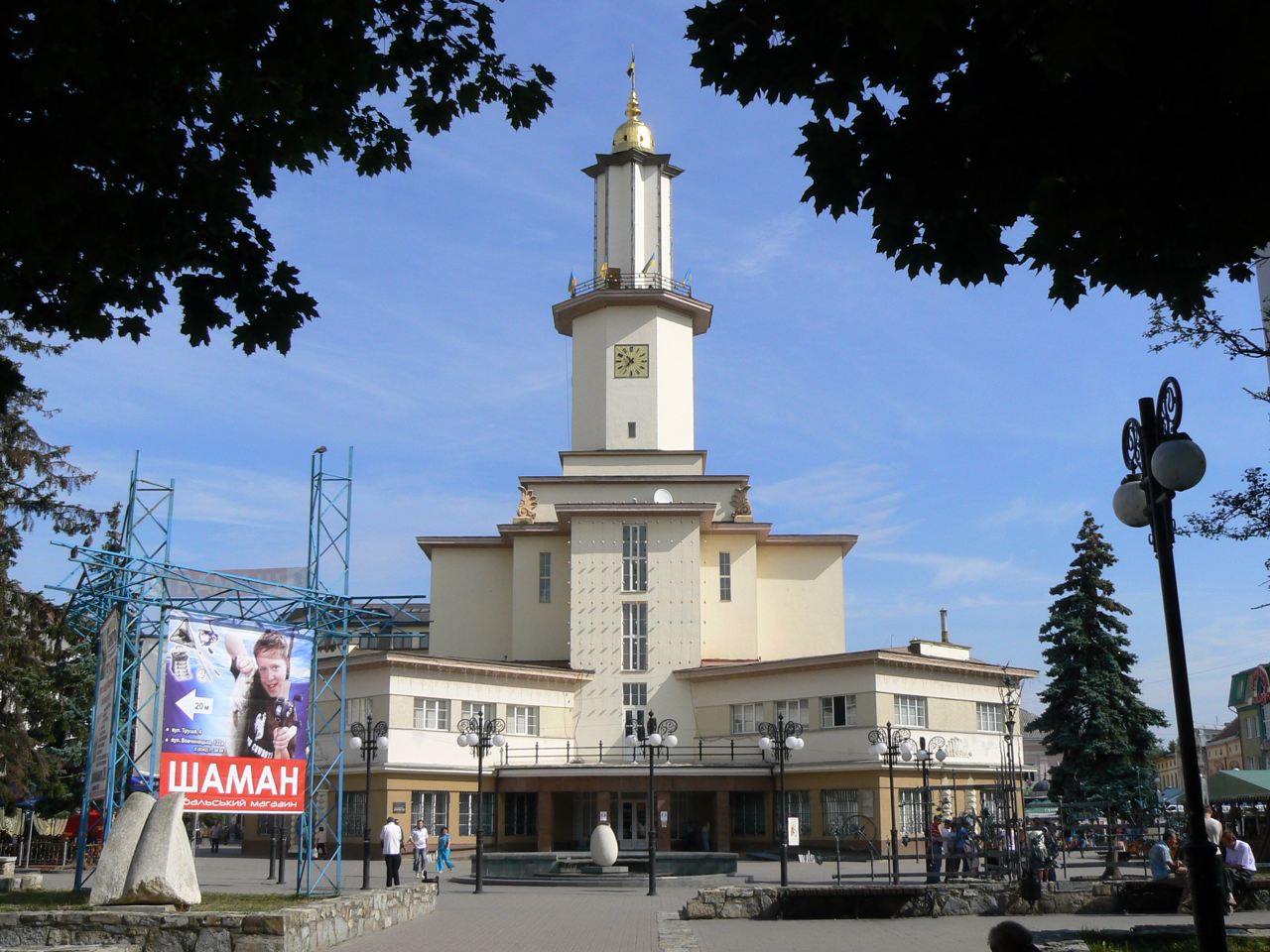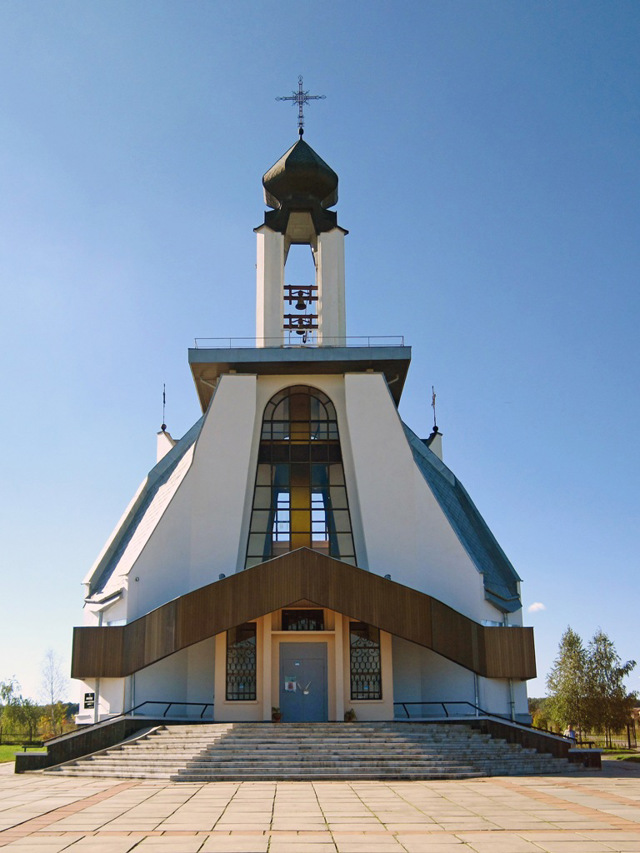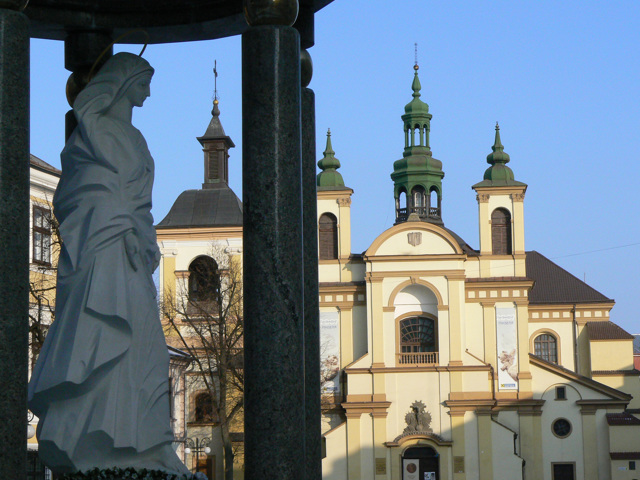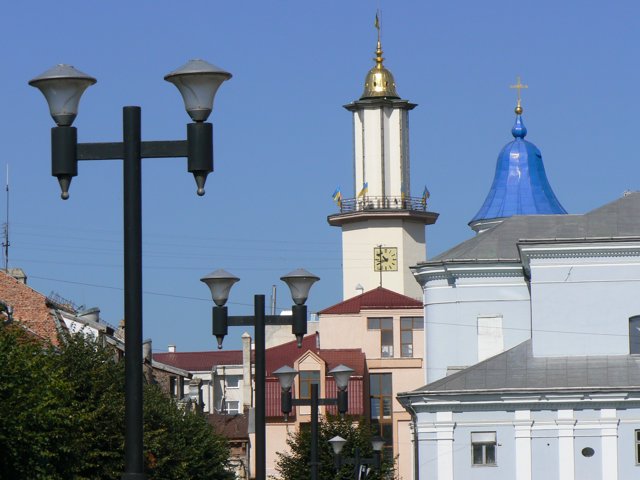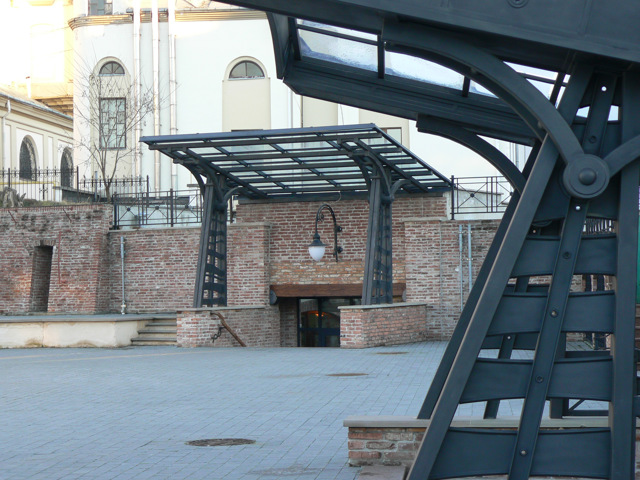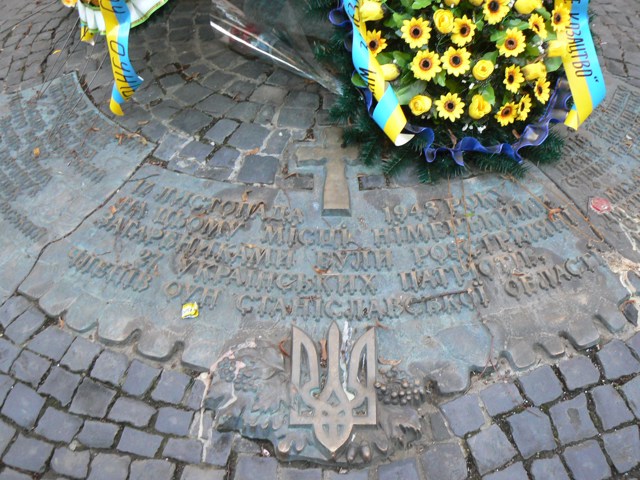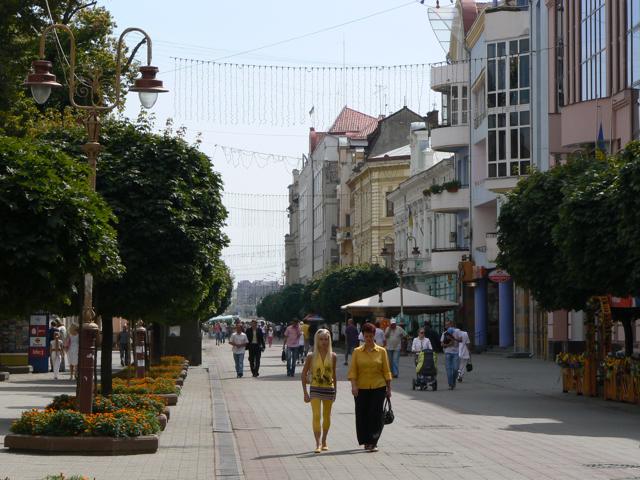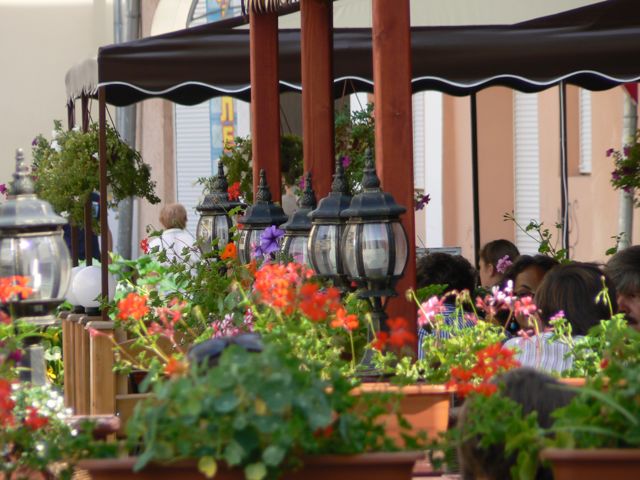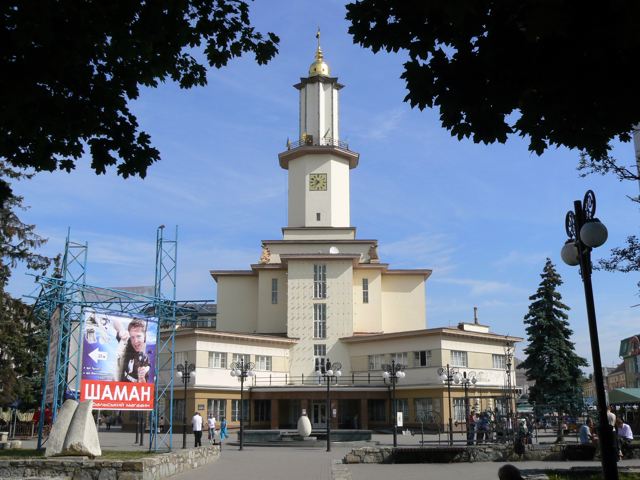Functional temporarily unavailable
Ivano-Frankivsk
Travel guide online Ivano-Frankivsk
General information about Ivano-Frankivsk
The city of Ivano-Frankivsk is one of the most tourist-attractive regional centers of Ukraine, nicknamed "Little Lviv" for its historical atmosphere and original architecture. The modern center of the Carpathian region within the historical Galicia. Located in the interfluve of Bystritsa-Nadvornyanskaya and Bystritsa-Solotvinskaya. Since the XV century. the villages of Zabolot'e, Knyagininin and Pasechnaya that existed in this place are known (the names have been preserved in the city toponymy). All R. XVII century. these lands belonged to the great crown hetman S. "Revere" Potocki. In 1662, his son, the full hetman A. Pototsky, founded the fortress Stanislav (Stanislav) to protect against the Turks and Tatars (Stanislav was also the name of A. Pototsky's son ...
The city of Ivano-Frankivsk is one of the most tourist-attractive regional centers of Ukraine, nicknamed "Little Lviv" for its historical atmosphere and original architecture. The modern center of the Carpathian region within the historical Galicia. Located in the interfluve of Bystritsa-Nadvornyanskaya and Bystritsa-Solotvinskaya. Since the XV century. the villages of Zabolot'e, Knyagininin and Pasechnaya that existed in this place are known (the names have been preserved in the city toponymy). All R. XVII century. these lands belonged to the great crown hetman S. "Revere" Potocki. In 1662, his son, the full hetman A. Pototsky, founded the fortress Stanislav (Stanislav) to protect against the Turks and Tatars (Stanislav was also the name of A. Pototsky's son). The main trade route from Lvov to the mouth of the Danube passed here. Many Poles and Armenians lived who contributed to the development of the city's economy and its cultural diversity. In 1690 monks of the Trinitarian Order arrived from Warsaw to Stanislav, and in 1716 the Jesuits - their temples became an adornment of the urban landscape. From the moment of its foundation, the city was well fortified with defensive ramparts and stone walls. In 1772 Stanislavov came under the rule of Austria, from 1867 - under the rule of Austria-Hungary. Almost all the fortifications were demolished, streets were laid in place of the ramparts, the city began to expand rapidly. Until now, the architecture of the restored old part is dominated by the Renaissance style. The activity of I. Franko is closely connected with the history of Stanislavov, in whose honor the city was renamed in 1962. M. Grushevsky, M. Kotsyubinsky, D. Sichinsky, M. Rylsky, E. Konovalets, D. Vitovsky, S. Petliura, S. Bandera. In recent years, large-scale restoration work has been carried out in the center of Ivano-Frankivsk. Every year, new metal sculptures appear in the pedestrian zone around Rynok Square, made by craftsmen during the Blacksmith's Festival, which takes place as part of the Day of the City of Ivano-Frankivsk (May 7).
Місто Івано-Франківськ - один з найбільш туристично привабливих обласних центрів України, прозваний "маленьким Львовом" за історичну атмосферу та оригінальну архітектуру. Сучасний центр Прикарпаття в межах історичної Галичини. Розташоване в межиріччі Бистриці-Надвірнянської та Бистриці-Солотвинської. З XV ст. відомі села Заболоття, Княгінін і Пасічна, які існували на цьому місці (назви збереглися в міській топоніміці). В середині XVII ст. ці землі належали великому коронному гетьману С. "Ревере" Потоцькому. В 1662 році його син, польний гетьман А. Потоцький, заснував фортецю Станіславів (Станіслав) для захисту від турків і татар (Станіславом також звали сина А. Потоцького). Тут проходив головний торговий шлях зі Львова до гирла Дунаю. Проживало багато поляків і вірме ...
Місто Івано-Франківськ - один з найбільш туристично привабливих обласних центрів України, прозваний "маленьким Львовом" за історичну атмосферу та оригінальну архітектуру. Сучасний центр Прикарпаття в межах історичної Галичини. Розташоване в межиріччі Бистриці-Надвірнянської та Бистриці-Солотвинської. З XV ст. відомі села Заболоття, Княгінін і Пасічна, які існували на цьому місці (назви збереглися в міській топоніміці). В середині XVII ст. ці землі належали великому коронному гетьману С. "Ревере" Потоцькому. В 1662 році його син, польний гетьман А. Потоцький, заснував фортецю Станіславів (Станіслав) для захисту від турків і татар (Станіславом також звали сина А. Потоцького). Тут проходив головний торговий шлях зі Львова до гирла Дунаю. Проживало багато поляків і вірмен, які внесли свій вклад в розвиток економіки міста і його культурне різноманіття. В 1690 році з Варшави до Станіславова прибули монахи ордену тринітаріїв, а в 1716 році єзуїти - їх храми стали окрасою міського ландшафту. З моменту заснування місто було добре укріплене оборонними валами та кам'яними стінами. В 1772 році Станіславів потрапив під владу Австрії, з 1867 р. - Австро-Угорщини. Майже всі укріплення були знесені, на місці валів прокладені вулиці, місто почало швидко розширюватися. дотепер в архітектурі відреставрованої старої частини домінує стиль ренесансу. З історією Станиславова тісно пов'язана діяльність І. Франка, на честь якого місто було перейменовано в 1962 році. Також тут бували та працювали М. Грушевський, М. Коцюбинський, Д. Січинський, М. Рильський, Є. Коновалець, Д. Вітовський, С. Петлюра, С. Бандера. Останнім часом в центрі Івано-Франківська були проведені масштабні реставраційні роботи. Щорічно в пішохідній зоні навколо площі Ринок з'являються нові металеві скульптури, виконані майстрами під час Свята коваля, який проходить в рамках Дня міста Івано-Франківська (7 травня).
Сплануй своє перебування у Ivano-Frankivsk
What to see and where to go in Ivano-Frankivsk
Tourist attractions and museums of Ivano-Frankivsk
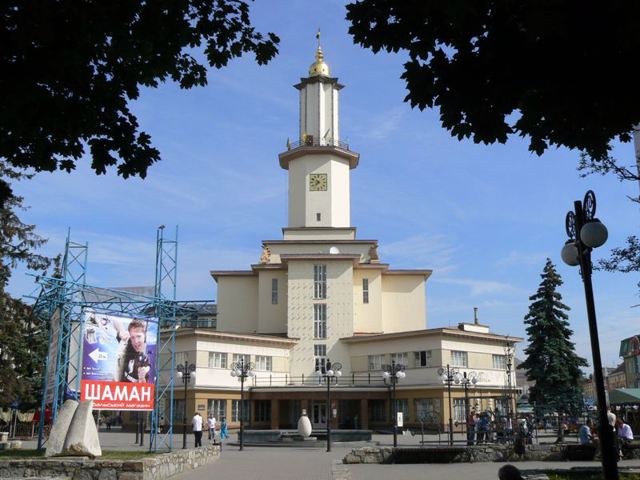
Ivano-Frankivsk Museum of Local Lore (Town Hall)
Architecture , Museum / gallery
The constructivist building of the town hall on Sq. The market is the most famous symbol of Ivano-Frankivsk. At the time of construction in 1932, it was the tallest building in the city (49.5 m). The first wooden town hall on this site was built shortly after the founding of the city in the XVII century, but then it was repeatedly rebuilt. The most interesting from an architectural point of view was the town hall of Austrian times, which existed in 1871-1915. In its current form, the town hall was built in the interwar period. Monolithic reinforced concrete walls could not be blown up by the German occupiers before the retreat in 1944. In April 1990, the national Ukrainian flag was raised for the first time over the building of Ivano-Frankivsk City Hall. Since Soviet times, the building houses several exhibits of the Museum of Local Lore: nature, history, folk art, archeology. There are rich collections of weapons and books, as well as antique furniture. In total - 120 thousand subjects. An interesting exhibit is a model of the old Stanislavov of the Potocki era. Numismatist meetings are held in the lobby every Sunday.
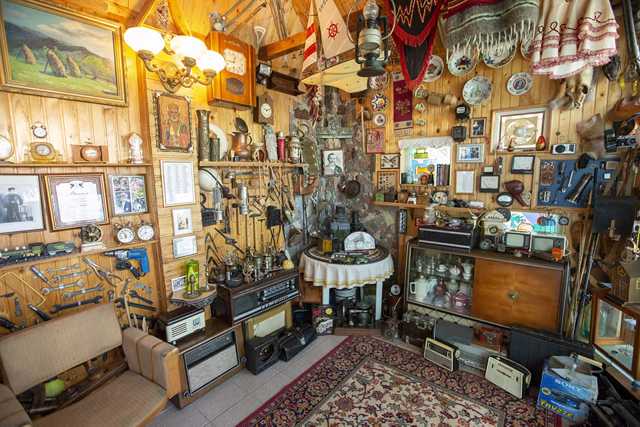
Museum of family professions
Museum / gallery
The private museum of family professions was created by journalist Roman Fabryka. The exposition tells about 150 different professions that the collector's family has been engaged in for the last 200 years. Among them were beekeepers, architects, blacksmiths, doctors, builders, geologists, miners, musicians, agronomists, zootechnicians, teachers, gardeners and others. Various professional tools, devices, mechanisms and devices are presented - from a plow to a computer.
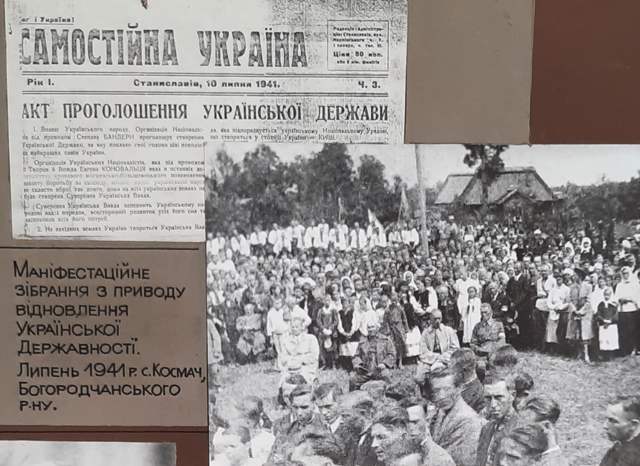
Museum of the liberation struggle named after Stepan Bandera
Museum / gallery
Ivano-Frankivsk Regional Museum of the Liberation Struggle named after Stepan Bandera is housed in a two-storey Art Nouveau building near the center of Ivano-Frankivsk. The museum presents documents and material covering the period from XI to XX centuries. and which tell about the struggle of the inhabitants of Prykarpattia for the independence of Ukraine. In particular, there are documents that cover the struggle against the Soviet regime of the Legion of Sich Riflemen, the Ukrainian People's Republic, the Western Ukrainian People's Republic, the OUN and the insurgent army. The exposition dedicated to political prisoners is represented by a map of the Gulag camps and household items of prisoners. A memorial complex "Demyaniv Laz" was built on the site of the execution of the victims of Stalin's terror.
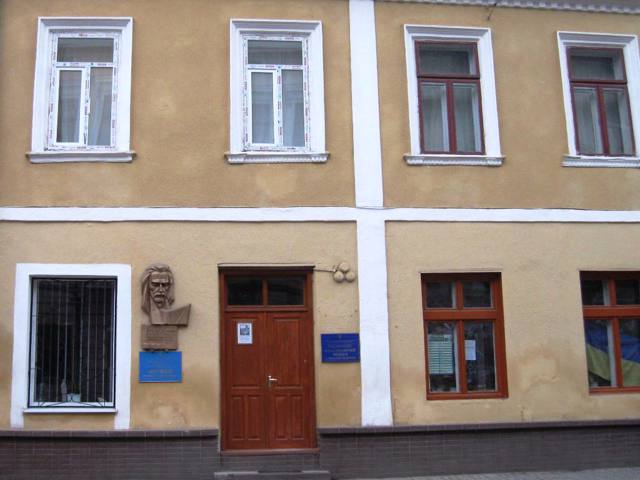
Oleksiy Dovbush Museum
Museum / gallery
The Oleksa Dovbush Museum in Ivano-Frankivsk was established in 1995 on the basis of the private collection of the famous historian V. Grabovetsky, who for 50 years studied the Carpathian insurrectionary movement of the Opryshki of the 16th – 19th centuries. and the life of the legendary hero Oleksa Dovbush, a noble robber and national avenger who fought for the liberation of the enslaved peasantry. The small museum exposition consists mainly of documents and paintings, as well as some ethnographic materials. The most interesting exhibit is the legendary ax of Dovbush, which was kept for two centuries by the descendants of witnesses to the death of a robber in the village of Kosmach.
Reviews Ivano-Frankivsk
Geographical information about Ivano-Frankivsk
| {{itemKey}} | {{itemValue}} |
|---|---|
| Region |
Ivano-Frankivsk |
